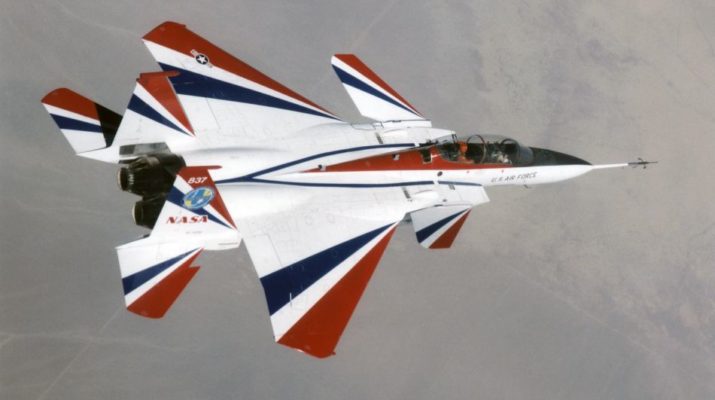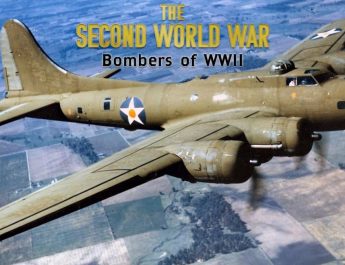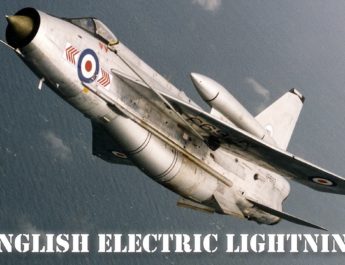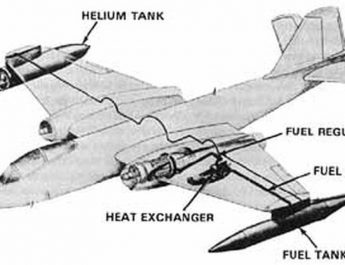NASA’s NF-15B research aircraft, tail number 837, was flown by NASA‘s Dryden Flight Research Center from 1993 through early 2009.
Originally designated a TF-15 trainer version, was the oldest F-15 flying. The aircraft was the first two-seat F-15 Eagle built by McDonnell Douglas, the sixth F-15 off the assembly line.
Aircraft had its first flight in July 1973, and initially was used for developmental testing and evaluation as part of the F-15 combined test force at Edwards Air Force Base in the 1970s.
In the 1980’s, the aircraft was extensively modified for the U.S. Air Force’s Short Takeoff and Landing Maneuver Technology Demonstrator (S/MTD) program.
The “N” letter is added before the F-15 reflecting its status as a highly modified research aircraft and it was given its characteristic red, white and blue paint scheme.
Aircraft was equipped with a digital fly-by-wire control system, canards made of modified F-18 horizontal stabilators mounted in front of the engine inlets.
Also, two dimensional thrust vectoring and reversing nozzles were added, giving the aircraft excellent pitch control and aerodynamic breaking capability.
NF-15 was used in the S/MTD flying test program from 1988 until 1993.
Advanced Control Technology for Integrated Vehicles (ACTIVE) project
In 1994. NF-15 was transferred on loan to NASA Dryden for NASA’s Advanced Control Technology for Integrated Vehicles or ACTIVE research project where the NASA tail number 837 was assigned to it.
ACTIVE was a collaborative flight research program by NASA, the Air Force Research Laboratory, Pratt & Whitney, and Boeing Phantom Work, to enhance the performance and maneuverability of future military and civil aircraft.
During this project advance flight control system was integrated as well as omnidirectional thrust vectoring of engine exhaust.
The research effort was intended to revolutionize the way in which aircraft are designed and built by providing the design tools to increase design confidence and cut design time for next-generation aircraft in half.
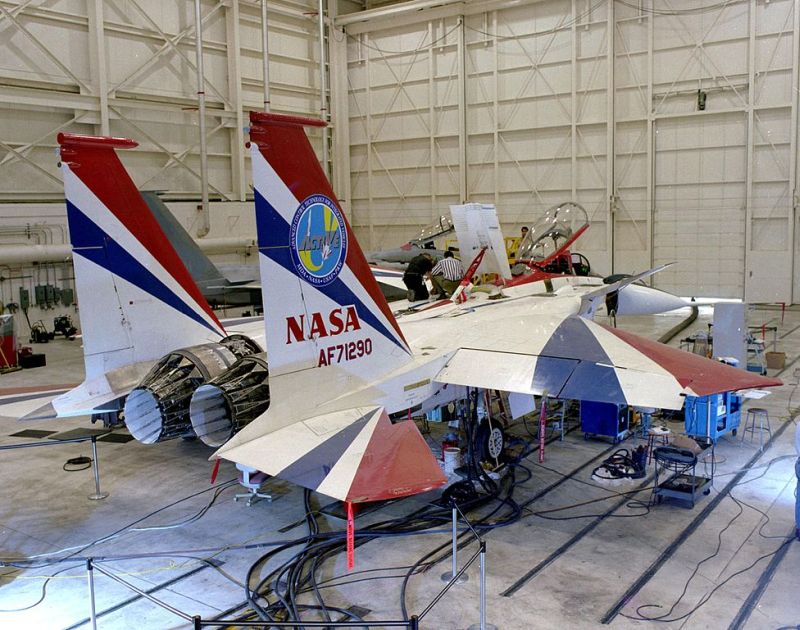
During the ACTIVE project, the NF-15 was equipped with a powerful research flight control computer, the more powerful version of Pratt & Whitney F-100 engine and newly developed axisymmetric thrust-vectoring engine exhaust nozzles that were capable of redirecting the engine exhaust in any direction.
The new exhaust nozzles developed by Pratt & Whitney, could deflect engine exhaust up to 20 degrees off center line, giving the aircraft thrust control in pitch and yaw (left and right), or any combination of the two axes.
The goal of this research was to discover if this vectored thrust could be used to reduce drag and increase fuel economy or range compared with conventional aerodynamic controls.
The nozzles were a production design that could be incorporated into other aircraft.

During the ACTIVE flight test several milestones were achieved. In the early 1996 the first supersonic yaw-vectoring flight was flown.
Later that year pitch and yaw thrust vectoring at speeds up to Mach 2, was evaluated. On following flights, Dryden research pilots flew the NF-15 at angles of attack up to 30 degrees while employing yaw vectoring.
An adaptive performance software program was developed and successfully tested during the ACTIVE flight program.
The performance optimization software loaded in the aircraft’s flight control computer automatically determined the optimal setting or trim for the thrust-vectoring nozzles and aerodynamic controls to minimize aircraft drag.
On the last flight of 1996, the NF-15 ACTIVE demonstrated the software’s effectiveness by gaining a speed increase of Mach 0.1 with no increase in engine power while in level flight at 30,000 ft altitude and a speed of approximately Mach 1.3.
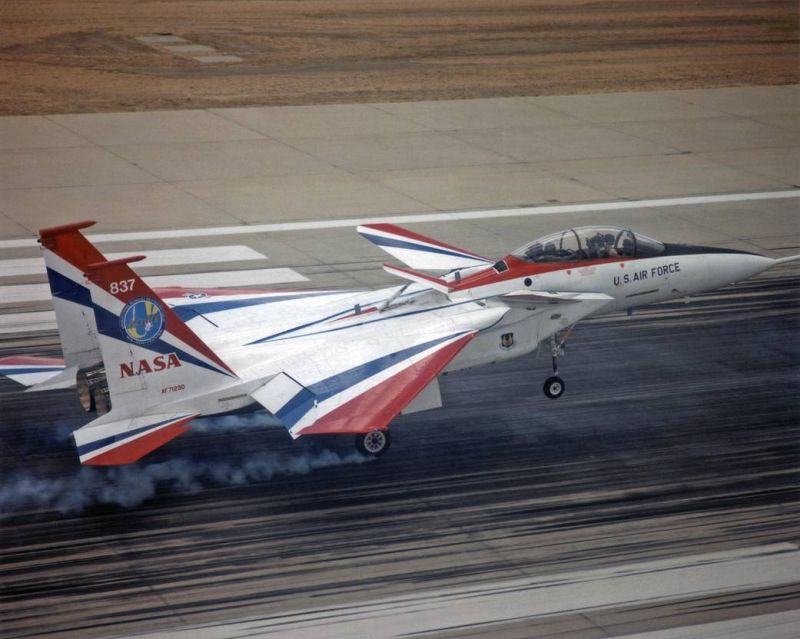
The next task for NF-15B was the High Stability Engine Control (HISTEC) research program. This experiment, developed and managed by NASA’s Lewis Research Center, evaluated a computerized system that could sense and respond to high levels of engine inlet airflow turbulence to prevent sudden in-flight engine compressor stalls and potential engine failures.
Approximately a dozen flights were flown in the summer of 1997 to validate the HISTEC concept.
High-Speed Research Acoustics Tests
In the fall of 1997 the NF-15B was used for engine noise reduction tests. This flight experiment was conducted on behalf of Langley Research Center’s High-Speed Research (HSR) program and it was focused on validating noise prediction data that could be applied to reducing noise during takeoffs and landings of the proposed High-Speed Civil Transport (HSCT).
During the acoustics tests the NF-15B was flying in precise patterns over an array of 30 microphones spread over the northeast side of Rogers Dry Lake.
Intelligent Flight Control System (IFCS)
The next task for the NF-15B was the Intelligent Flight Control System, or IFCS. The program was established by NASA, in 1999, to exploit a revolutionary technological improvement in aircraft flight controls that could efficiently optimize performance in both normal and malfunction conditions.
During the IFCS tests an innovative neural network technology was integrated wit the state of the art control algorithms.
These algorithms were able to correctly identify and respond to changes in aircraft stability and immediately adjust to maintain the best possible flight configuration during the failure.
This system was capable of learning the new flight characteristics in real time, helping the pilot to maintain full control and prevent an accident.
LaNCETS
The Lift and Nozzle Change Effects on Tail Shock, or LaNCETS, was the final research project for the NF-15B. The objective of LaNCETS test was to develop and validate prediction tools to be used in the design of civilian supersonic aircraft capable of flying overland without unacceptable sonic booms.

During the LaNCETS test the structure of the NF-15B aft-shockwave was measured by another NASA probing F-15.
Aircraft Retirement
After a long and successful career as a research and test aircraft NF-15B was retired on January 30, 2009 at NASA Dryden. On that day NF-15B No 837 flew its final mission ending an illustrious 35 years long career.
Plans are under way to place the unique NF-15B with a group of other retired research aircraft that are on permanent public display outside the Center.
